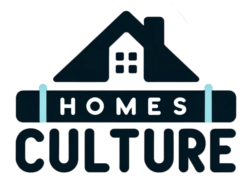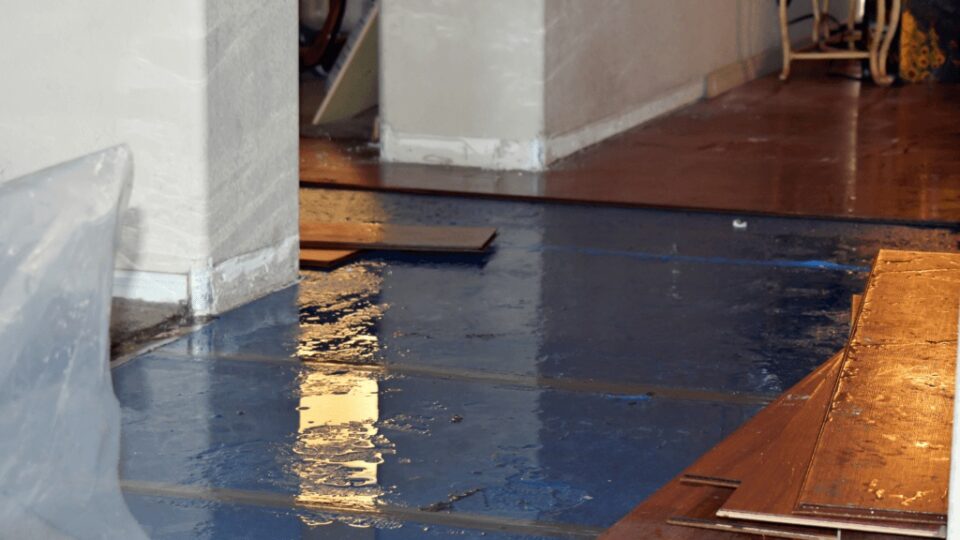Orlando, flooding is a real concern during hurricane season. Even a small leak or spill that is not fully dried leads to mold growth in as little as 48 hours. Restoring a property after water damage requires specialized training and gear. Water damage restoration is not a simple DIY project. The experts at water damage restoration companies have the right tools, techniques, and training to fully dry out a property, eliminate mold risks, and restore the space properly.
-
Safety hazards
First and foremost, water damage sites contain serious safety hazards. There may be exposed wiring, slippery surfaces, harmful mold spores in the air, or unstable structures. Technicians require proper personal protective equipment like respirators, gloves, eye protection, steel-toed boots, and full-body coveralls to work safely in the affected areas. They are fully trained to assess all risks before beginning work.
-
Structural issues
Flooding, prolonged moisture exposure and leaks destabilize foundations, floors, walls, and roofs. Failure to address structural issues leads to collapse hazards. Water damage technicians have the engineering know-how to provide structural drying and stabilization where needed. They use special drying equipment to control moisture and prevent weakened areas from deteriorating further.
-
Mold risks
If moisture lingers, mold growth is inevitable. Some mold species release mycotoxins that cause respiratory issues and allergic reactions. Water damage technicians use moisture meters, infrared cameras, and other tools to locate hidden moisture and stop mold in its tracks with antimicrobial treatments. Their training prepares them to identify mold safely visit this website https://www.damagecontrol-911.com/.
-
Contamination concerns
Floodwaters often contain unsanitary contaminants from sewers, farms, or industrial waste. Technicians are trained in contamination control and personal safety protocols. Their protective equipment helps prevent contact with contaminated water. Proper cleaning and sanitizing of the space follows guidelines from organizations like the EPA and IICRC.
-
Drying methods
Simply sopping up standing water does not sufficiently dry a water-damaged space. Experts use specialized drying techniques based on the materials involved. For example, they use desiccant dehumidifiers, vacuum extraction, and air movers to thoroughly dry walls, wood, carpets, padding, and furniture based on established drying standards. Rushing the job causes secondary damage.
-
HVAC experience
The complex HVAC systems in modern homes and commercial buildings are at high risk for water damage. Technicians are intimately familiar with these intricate systems. They remove water from ductwork, sanitize components to prevent mold, and may remove and reinstall equipment. Failure to do this properly results in ongoing moisture issues and poor indoor air quality.
-
Electrical knowledge
As noted above, water damages electrical systems and creates major safety issues. Licensed electricians on staff inspect wiring for water intrusion. Often, they must remove and reinstall light fixtures, outlets, switches, appliances, and other components to fully dry surrounding materials. They ensure electrical repairs meet local codes before restoring power.
-
Extraction equipment
Truck-mounted extraction units are far more powerful than typical shop vacs. Technicians have industrial vacuums that pull gallons of water per minute from floors, walls, and other materials. They also have submersible pumps to remove standing water. Large air movers help accelerate evaporation. The right equipment makes water removal much faster and more efficient.

